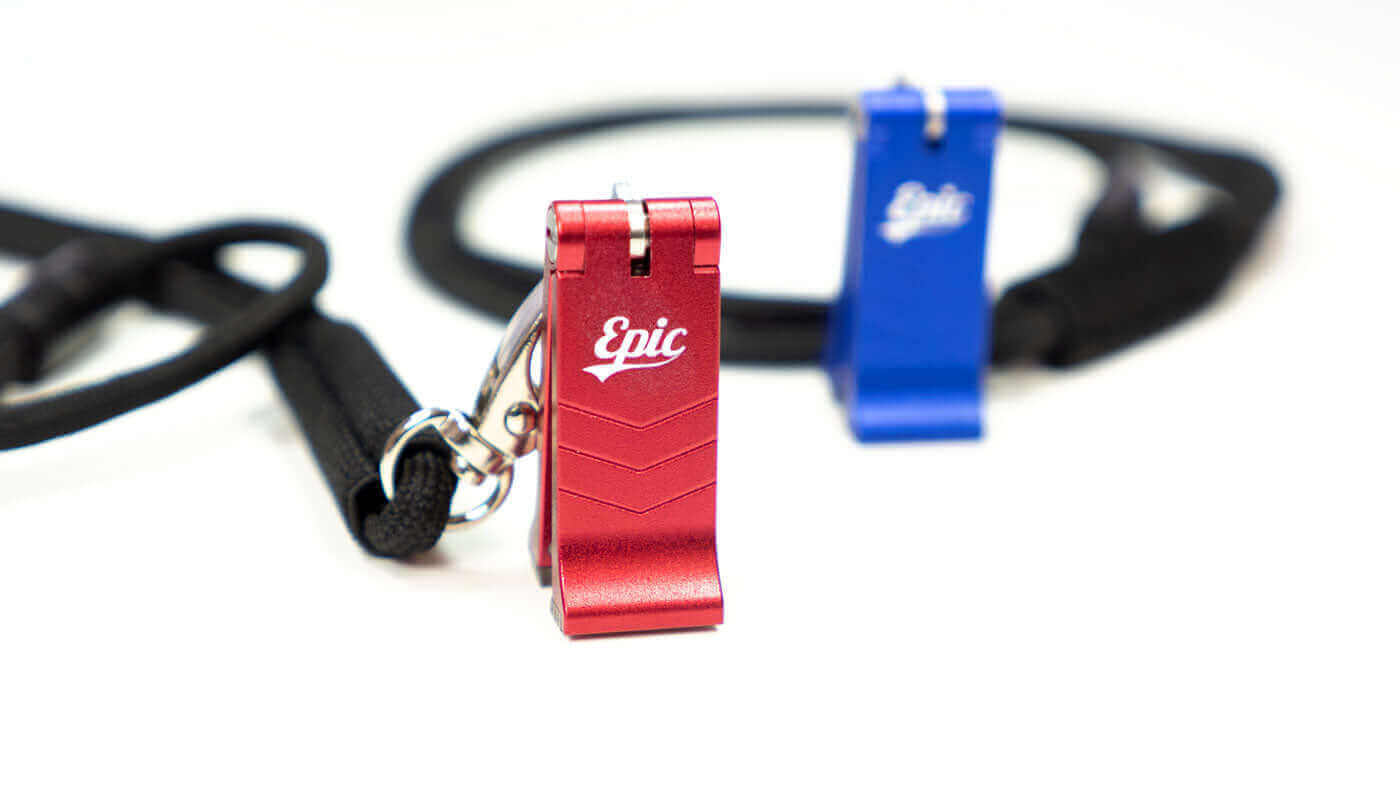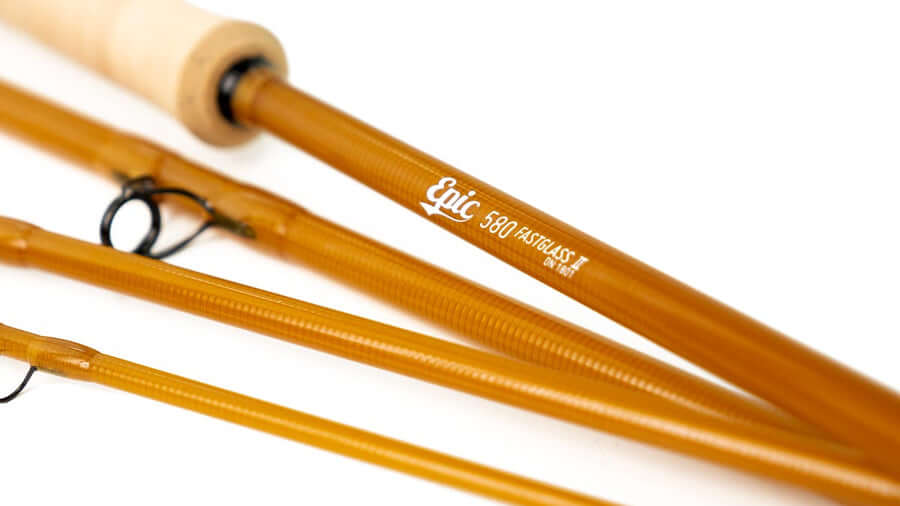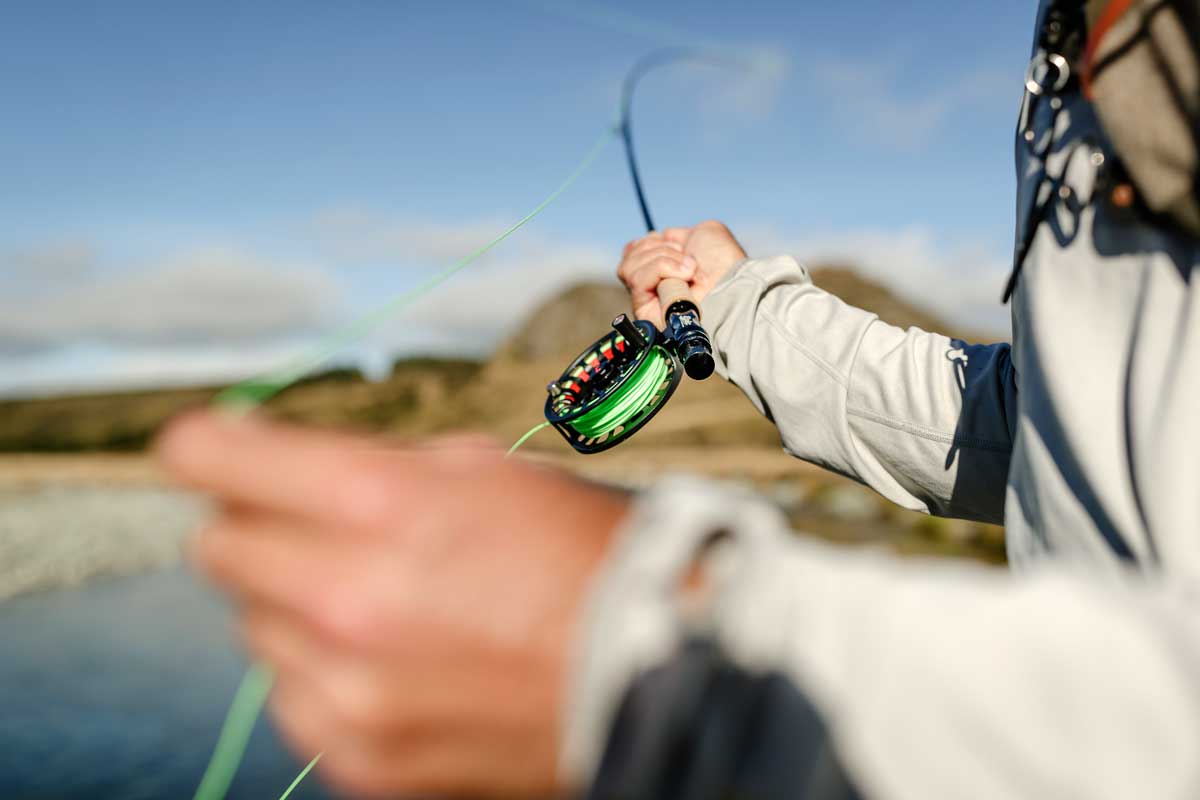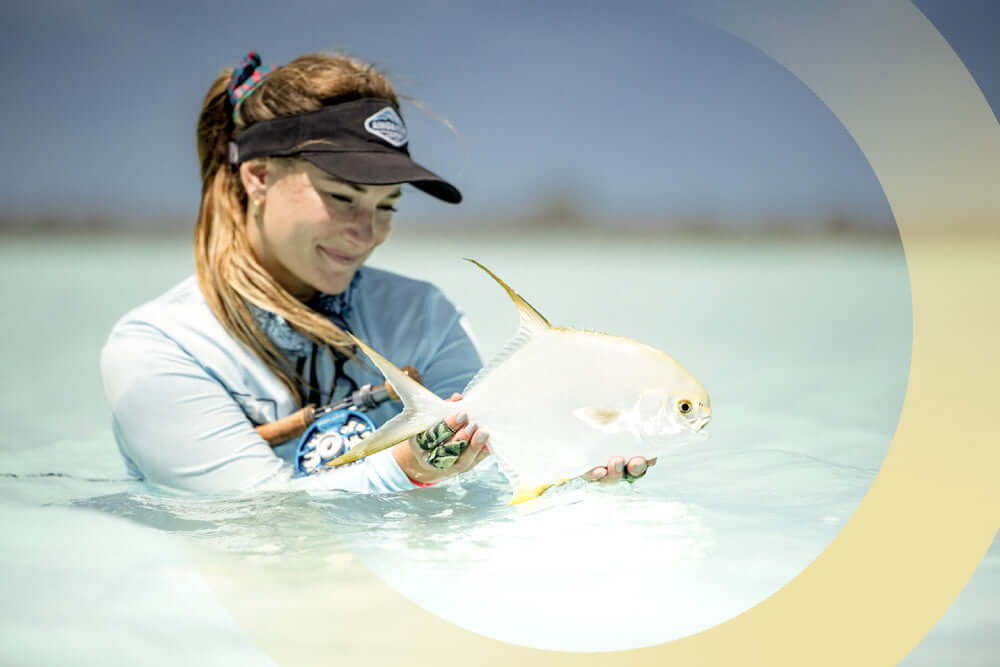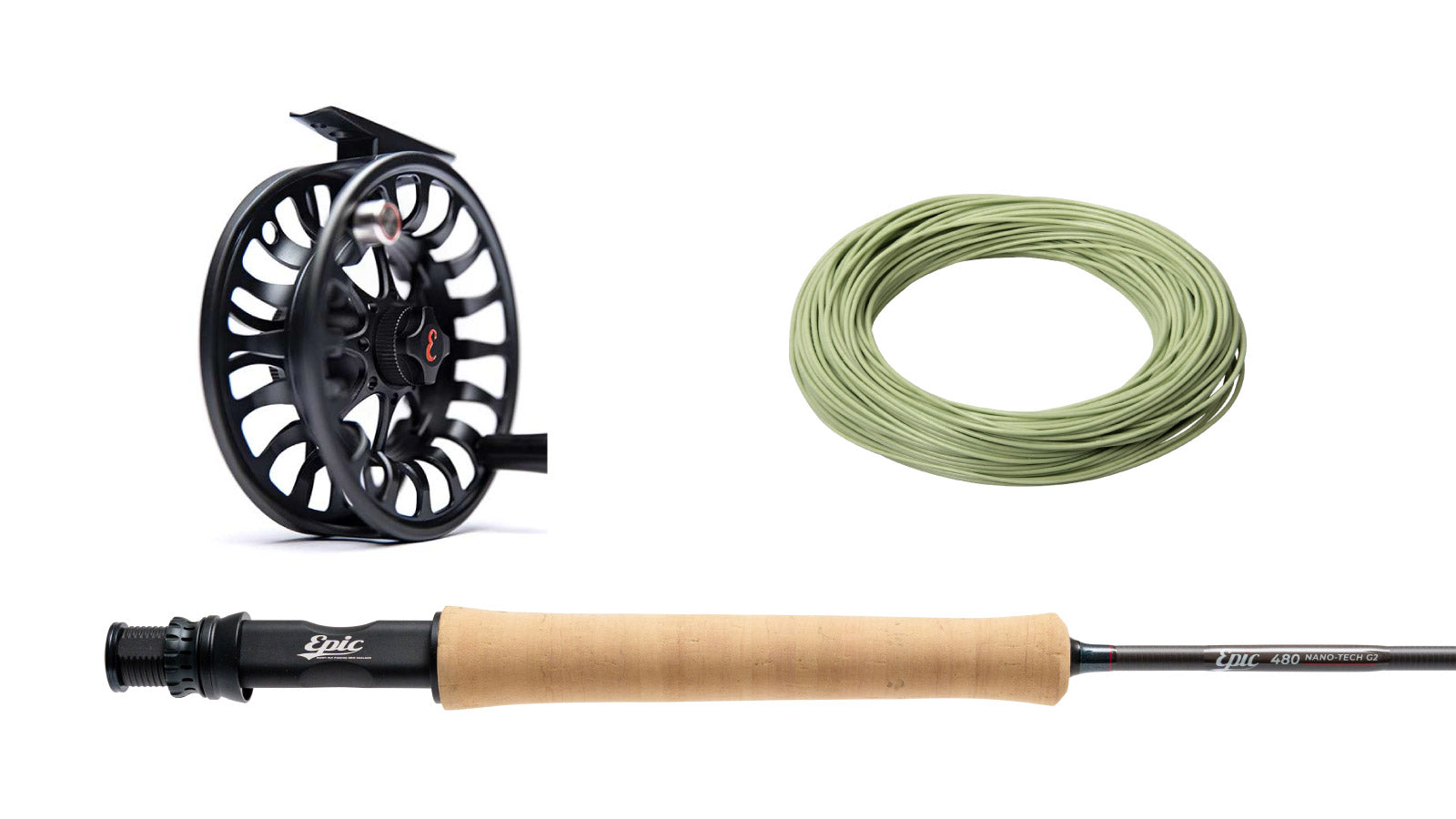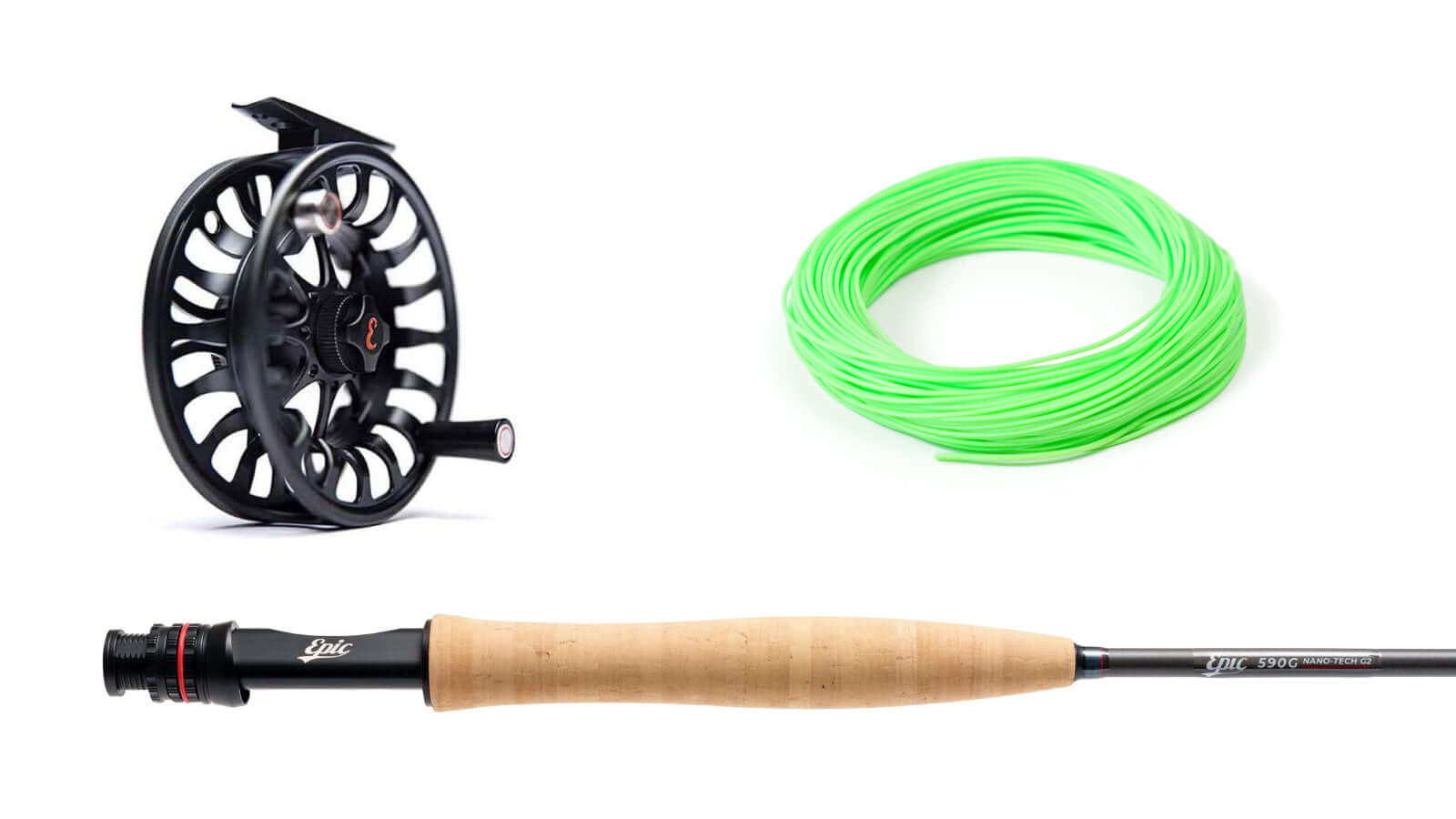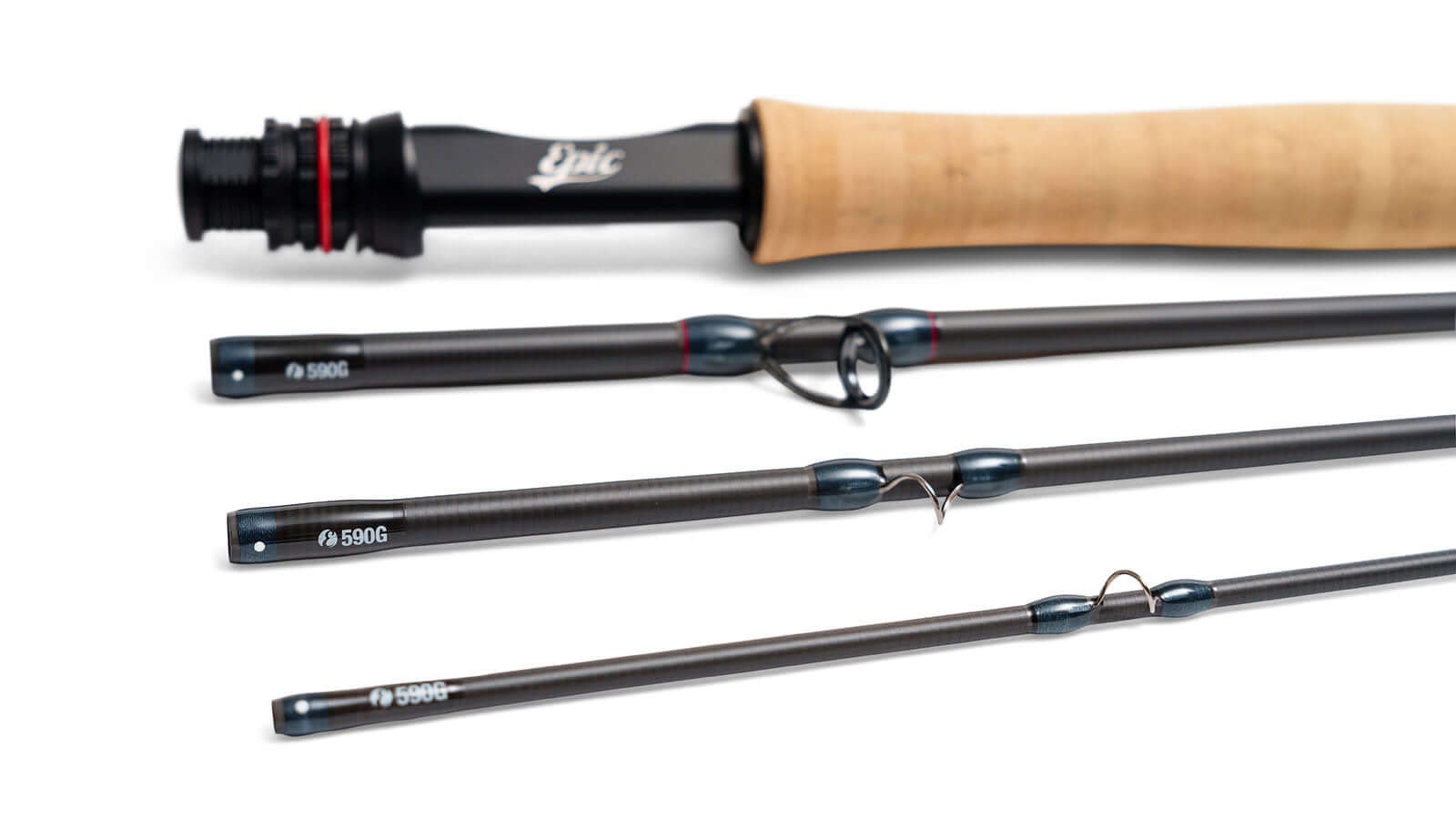Graphite vs Fiberglass, which makes for the best fly rod?
If you are looking to get a picture of the differences between Graphite fly rods and Fiberglass fly rods, Joe Mahler has the lowdown.
Of course, here in New Zealand we refer to these materials a little differently. Graphite, is actually Carbon Fibre. Fiberglass is spelt Fibreglass ;-)
Enjoy
A Personal One-to-one Comparison
Like many of my generation, I cut my fly-fishing teeth on fiberglass fly rods. It was the mid-1970‘-s and while bamboo rods were also available, my budget really didn’t accommodate them.
Then graphite came along and offered a significant change. We could cast farther, quicker, and harder, and the rods responded. Technology took over, and advancements came one after another. Rods got lighter, casts got longer, loops got tighter, and fiberglass was all but a distant memory. Now, rod catalogues featured terms like “nano- technology” and “high-modulus.“ Although there are devotees that have stayed with glass, the industry focus has been on graphite rods, making them faster, lighter, and stronger.
I am neither a scientist nor rod designer- just a guy who teaches people how to cast a fly rod and loves to cast and fish. I went for a period of at least 20 years without seriously fishing a fiberglass rod, and three years ago I rediscovered an aspect of casting that I had forgotten. I dusted off a 1960’-s era Fenwick glass rod and fished it just for kicks. I also started using it as a teaching tool, effectively getting fast casters to slow their casting stroke and smooth out their cast. Since then, I have sampled several modern, high-quality fiberglass models that have furthered my interest.
My comparison of fiberglass and graphite fly rods, to this point, has been anecdotal, but recently I found myself with two five weight rods, one fiberglass and one graphite, made by the same company So, I decided to compare fiberglass vs graphite rod performance. I took four days to fish and cast them in the same situations for the same duration.
The Equipment
The rods used are both Epic Reference Series (Swift Fly Fishing, New Zealand) five weights. The fiberglass rod is the Fastglass 580. The graphite rod is the Carbon Fiber 590. Both rods came elegantly appointed, as you would expect from Epic, and are ready to cast. Epic also offers complete rod building kits so you can assemble your own. Due to physical weight, swing weight, and a few other factors, quality fiberglass rods will tend to be shorter than their graphite counterparts
In doing my comparison test, choosing the right line was important. After trying four different lines, I decided on the Scientific Anglers Mastery Standard WF-5-F (51’head, 140gr). This line is a true five weight, not over-weighted as lines often are today. I chose a 9’ 3x leader and used only a #8 Krebs panfish popper.
Locations
I always recommend that students buy equipment for how they will fish most of the time. Following that standard, I chose to fish solo from my canoe, pursuing Florida bass and panfish. This is a great test because fly fishing from a canoe requires mindfulness. Wind, current, and nearly constant paddle adjustment can all make casting and line-management a challenge. I chose two freshwater locations - one an open and wide canal, and the other a tighter, twisty creek with many overhangs.
In addition, I chose to evaluate the rods in what I call “The Lab.” This is the grassy park and casting pond where I give fly casting lessons. Controlled and repeatable tasks, and back-to-back comparisons are best made here.
Aesthetics
Fly fishing is a visually rich pursuit. We seek magnificent fish in the most beautiful places on the planet, so why shouldn’t our equipment reflect that. The 590 Carbon Fiber is sleek, serious and understated. If the secret service were issued fly rods, this would be the one. The 580 Fastglass, however, is a work of art. With the light of the morning sun showing through the blank and its graceful bend, the 580 just makes one take pause and admire.
The Epic 5 wt 590G fly rod - voted "Best of the Rest" Field & Stream 2023
Accuracy
Accuracy is maybe the most important aspect of casting. Both rods performed well on the water. The graphite rod has a crisp, medium-fast action, and I found it very easy to gain pin-point accuracy. Hitting a target between lily pads direct and straight is where this rod excels. Curve casts and aerial mends are precise and sharp. The line falls laser-straight to the surface, ready to make that first strip. I’m not one to false cast much and the graphite action compliments my style. My “comfortable cast” in this type of fishing is 55’, and at that distance, this rod is as good as it gets. In the twisty creek, I found this rod delightful for tossing tight loops under overhangs, although the nine-foot length was a bit long for tightest quarters. In the open canal, the tighter loop of the Carbon Fiber was easier controlled in stronger wind.
The fiberglass rod is also accurate, but because of the deeper flex, the loop shape and line formation on the water tends to be a little “wavy.” I don’t mind this and even find it pleasing, but it does make the fiberglass loop more casual than the graphite. I did notice that I false cast this rod more - not sure if from necessity or just enjoyment. Aerial mends feel natural and rhythmic. The fiberglass rod is deceptively powerful, a slightly longer, slower casting stroke will store tremendous energy deep in the blank. At 55’ the fiberglass took less effort to complete the cast. In the tight creek, the shorter fiberglass was easier to maneuver, and the entire rod fits nicely in the canoe.
In a series of 30 casts at targets from 30’ to 55’, I was able to hit 27 targets with the graphite, and 23 with the fiberglass rod. The Carbon Fiber 590 performed better on the longer targets , while the Fastglass 580 excelled on the closer ones.
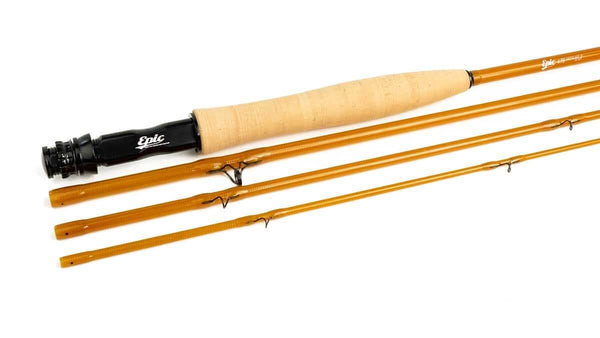 The Epic 476 is an award winning fly rod. Voted "Best Small Stream Fly Rod" by Field & Stream against all comers last year
The Epic 476 is an award winning fly rod. Voted "Best Small Stream Fly Rod" by Field & Stream against all comers last year
Roll Casting and Mending
I roll casted each rod to a target at 45.’ While hitting a 28” ring with both, I found the fiberglass rod to do this task most effortlessly. On the water, roll casting and making roll cast pick-ups, is where fiberglass truly shines. Fly fishing solo in a canoe requires that sometimes you will have a rod in one hand and your paddle in the other. Mending line is crucial to keep the fly away from the boat or an endless array of snags. The graphite was certainly adequate in this respect, but I find that it takes more physical effort and quicker movement to reposition the line.

The Reference 4 weight Packlight, the super versatile 5-piece glass travel rod. Packing down into a tube only 19" long
Fishing
This topic surprised me. When fly fishers discuss rods, it is almost always about casting, but what about the rest of the time? I used a popper for my comparison and found that I enjoyed the fiberglass action when stripping more than the graphite. The quicker response of the graphite seemed to have me stripping quicker as the rod tip recovered much quicker. The fiberglass rod promotes a slower strip, allowing the bend of the rod to move the fly smoothly. The extra length of the graphite might be at play here as well. From a sitting position, the longer graphite is more parallel to the surface making the hand-to-fly connection much straighter. The shorter fiberglass had a steeper angle to the water, the strip causes more of a flex in the rod. Once a fish was hooked, I found it easier to keep the rod bent with the glass, therefore landing more fish. The slower flex of the fiberglass also, I believe, protects light tippets in the heat of battle.

Distance
Neither of these rods are for tournament distance-casting. They are precision fly rods designed for efficient and delicate presentations. That said, I decided to make longer casts to a target at 80’. Both rods did it well, but clearly the straighter tracking graphite model is a better choice for this task.
Loop Shape
So much of what we do in fly casting depends on loop shape. Tight, wide, or somewhere in between, they all have their place. In short, the less the rod bends, the narrower the loop will be. Distance, wind conditions, accuracy and general control are all addressed with loop shape. Graphite rods of all brands will usually not bend as deeply as fiberglass. This was proven to me casting to a 28” upright hoop at 30.’ The goal is to cast the leading edge of the loop through the hoop. In 30 casts with each rod, I was able to cast through the hoop 27 times with the graphite and only 19 times with the fiberglass. I found it easier to form consistent loops with the graphite model.

(Above) The relaxed loop shape of FastGlass. Note the lower-slung bottom leg of the loop formation and overall wider shape make for the softest of presentations.
(Below) The narrow loop of Carbon Fiber. Parallel legs and pointed leading edge are best for windy conditions and pin-point accuracy.
So, with all this in mind, the choice would seem to fall in favor of graphite. And why wouldn’t it? Graphite is the state-of-the-art material. So, why would you choose fiberglass? It really comes down to attitude and personality. Are you are about the destination or the ride? If performance is your focus, you’re a great candidate for graphite. But if getting there is half the fun for you, fiberglass is definitely the scenic route.
Author

Joe Mahler is one of the USA's leading fly casting instructors and author and illustrator of “Essential Knots & Rigs for Trout” and “Essential Knots & Rigs for Salt Water”. You can Book a fly casting lesson with Joe via his website here



